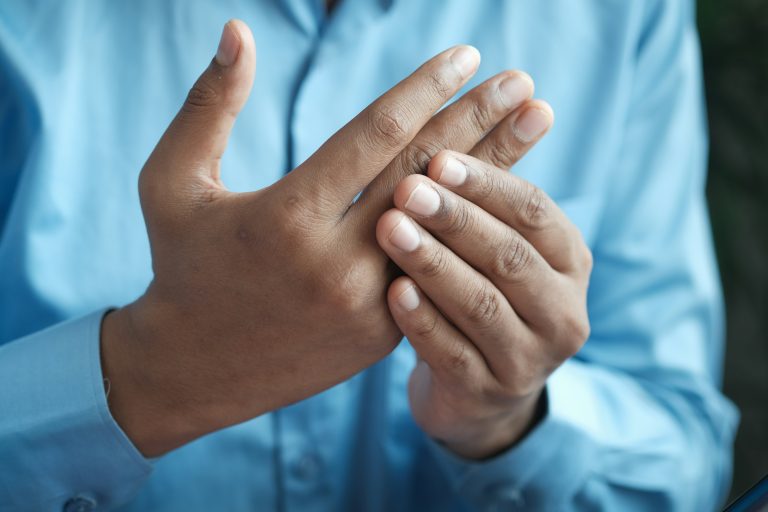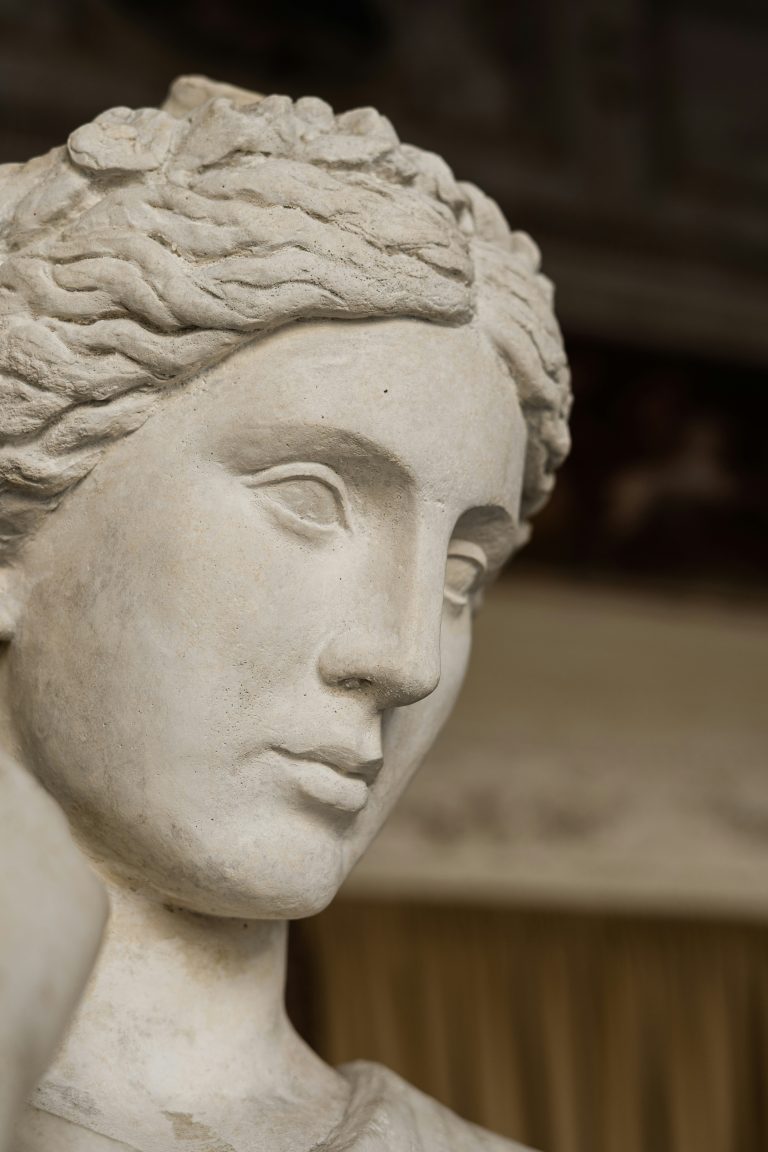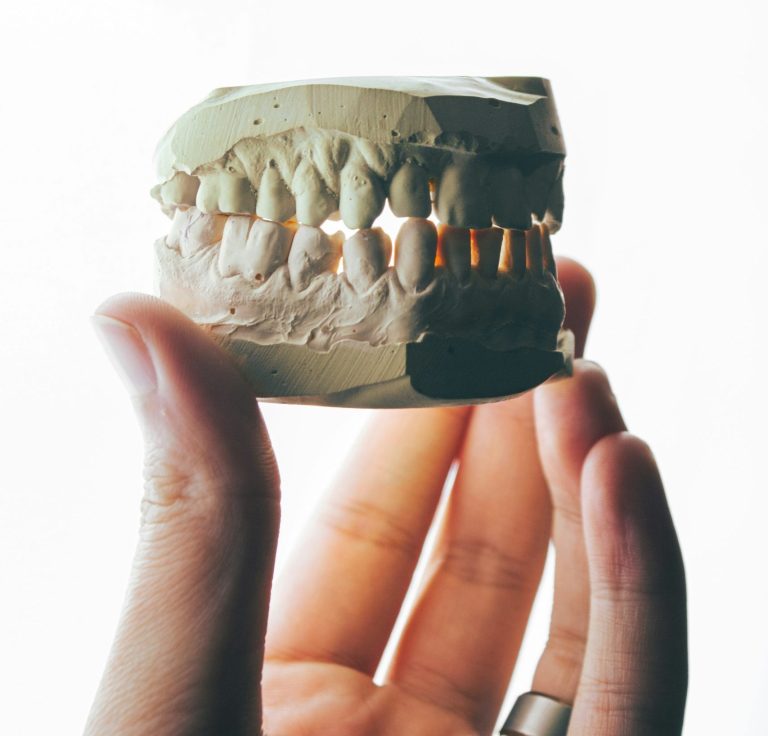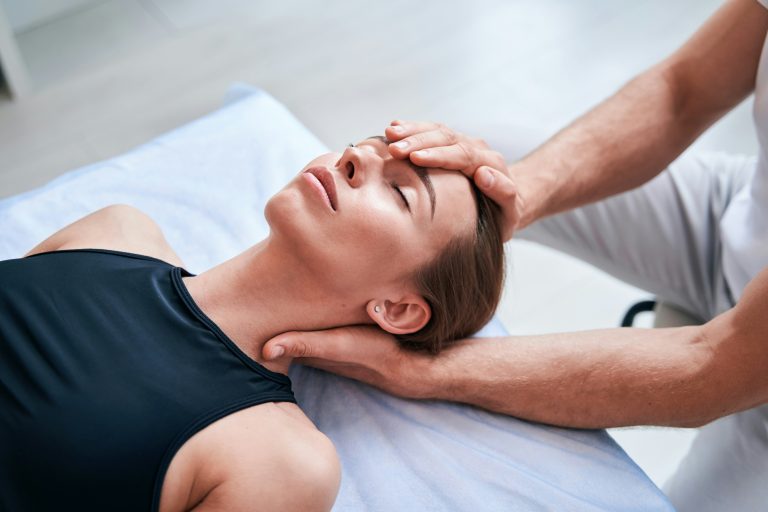Sometimes sleep is no longer a restorative refuge, but an invisible battle against yourself.
Many people suffering fromsleep apnea are unaware that they literally stop breathing dozens of times a night. Chronic fatigue, morning headaches, difficulty concentrating and irritability become the norm. Yet there are natural approaches, such as maxillofacial physiotherapy and l'osteopathyToday, these products offer practical solutions to help you get back to sleep and breathe more easily.
Understanding sleep apnoea: when the body forgets to breathe
L'sleep apnea is a respiratory disorder characterised by involuntary pauses in breathing during sleep. In most cases, it is a case ofobstructive apnoea The respiratory tract closes partially or completely, preventing air from circulating properly.
There can be many causes: relaxation of the soft palate and tongue muscles, poor neck posture, excess weight, or mechanical tension in the jaw and neck.
These repetitive episodes deprive the brain of oxygen, profoundly affecting sleep quality. In the long term, untreated apnoea increases the risk of chronic fatigue, high blood pressure, heart problems and even depression.
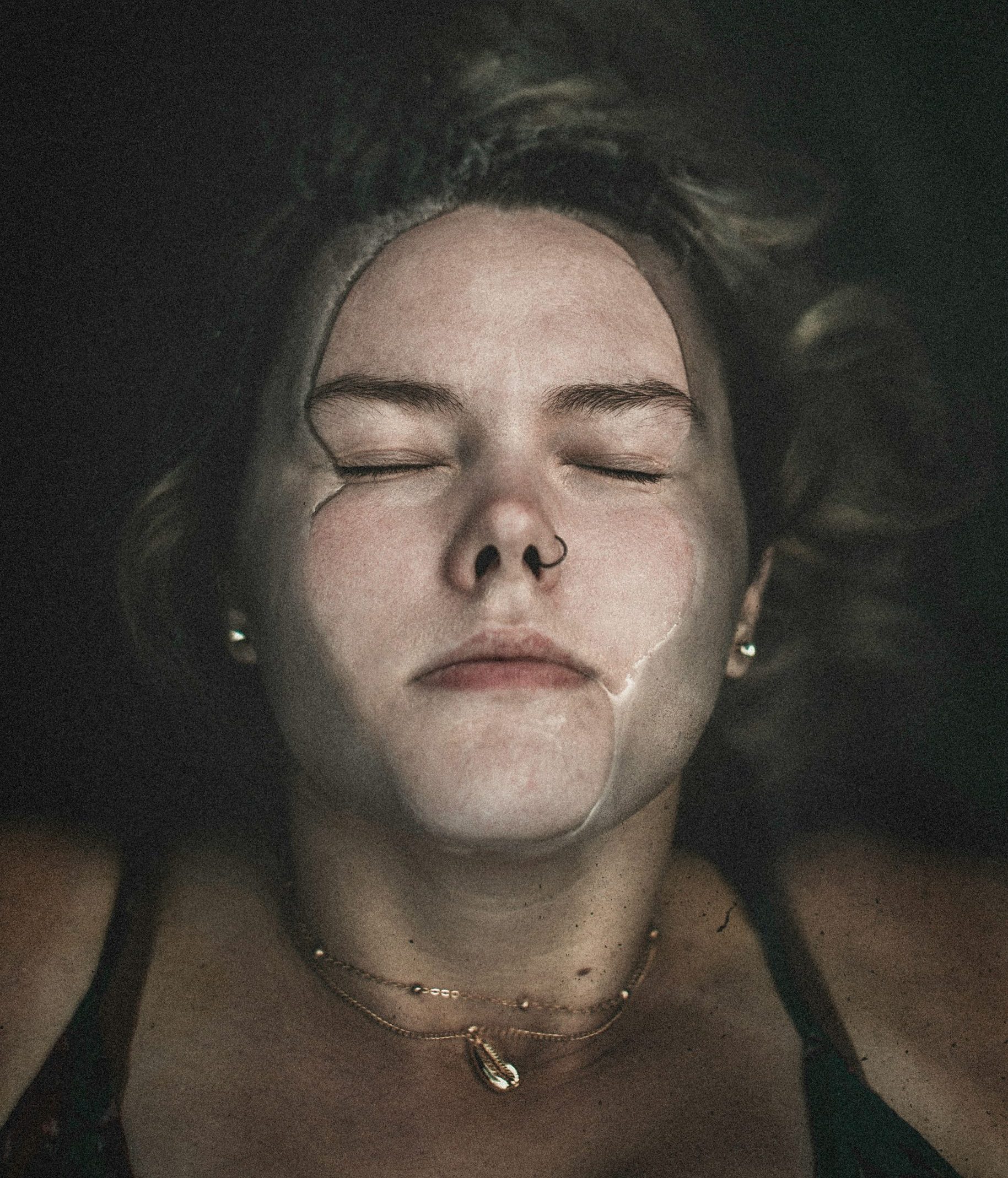
The key role of maxillo-facial physiotherapy
La maxillofacial physiotherapy is still a little-known speciality among the general public, but it plays a major role in the functional management of sleep apnoea.
It focuses on rehabilitation of the muscles of the face, tongue and neckwhich play an active role in keeping the airways open during sleep.
The work of the maxillo-facial physiotherapist aims to strengthening and reprogramming the oropharyngeal musculature. In practical terms, this means :
- Targeted exercises to tone the muscles of the tongue, soft palate and throat, to prevent them from collapsing during the night.
- Manual techniques to release cervical and mandibular tension, often responsible for mechanical blockages.
- Work on nasal breathing to re-establish a natural ventilatory pattern, promoting more stable, deeper sleep.
These sessions not only improve breathing, but also the chewing, swallowing and phonationThese three functions are often impaired in people who suffer from snoring or apnoea.
Studies show that a well-managed myofunctional rehabilitation can reduce the severity of apnoea by 30 to 50 % in certain mild to moderate patients.
At the medical centreMaxillo-facial physiotherapists often work in collaboration with ENT specialists, pulmonologists or dentists specialising in mandibular orthoses, to offer a comprehensive, personalised approach.
How osteopathy complements this approach
L'osteopathy complements this, with a more global vision of the body.
An osteopath trained in the treatment of respiratory disorders will seek to identify mechanical imbalances that promote or maintain sleep apnoea.
In fact, blockages are not limited to the jaw: the skull, cervical vertebrae, thorax and diaphragm all play a part in respiratory mechanics.
Osteopathic treatment is based on gentle handling which aim to :
- Release cervical and thoracic tension to allow you to breathe more easily.
- Improve the mobility of the diaphragmoften contracted by stress or poor posture.
- Optimising jaw position and function of the temporomandibular joints (TMJs), which are often disrupted by bruxism or chronic stress.
- Rebalance your overall postureThis is because misalignment of the spine or incorrect positioning of the skull can compromise the opening of the upper airway.
This complementary approach helps the body to regain harmonious respiratory mechanics. It does not replace medical treatment (such as CPAP for severe forms), but it often makes it possible to reduce symptoms and significantly improve patients' quality of life.
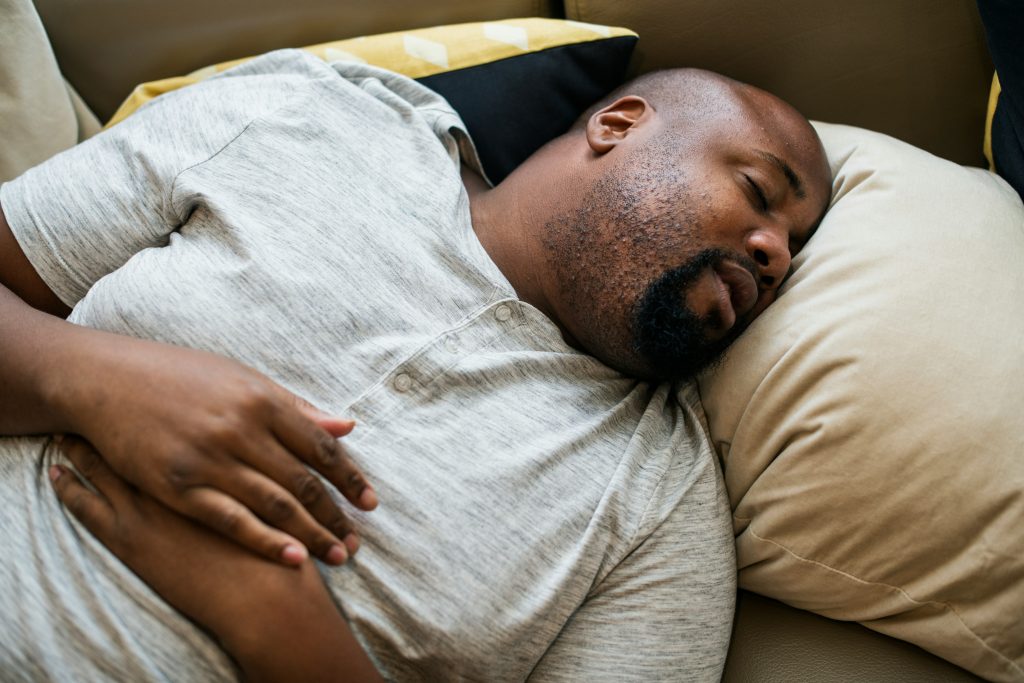
Restore restful sleep and free breathing
Sleep disorders linked to apnoea are not inevitable.
Multidisciplinary care integrating maxillo-facial physiotherapy and osteopathy offers a natural, drug-free way of restoring the respiratory system's muscular and joint function.
By relearning how to breathe properly, release tension and tone the right muscles, many patients rediscover a sense of well-being. calm, deep sleepand a renewed energy in the morning.

